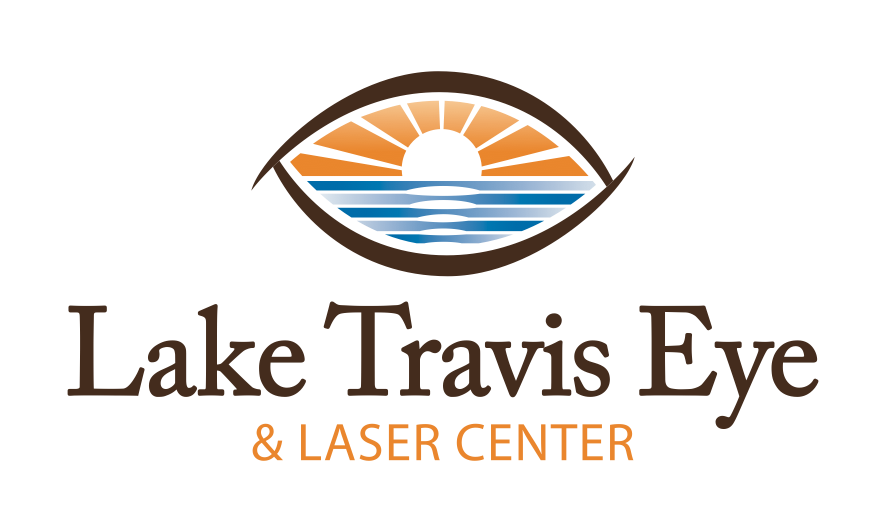
CATARACT TREATMENT
WE CAN’T WAIT TO MEET YOU!
Cataract formation usually takes decades to develop. The best way to avoid or slow cataract formation is to eat a diet rich in antioxidants (green leafy vegetables), protect your eyes against UV light, and avoid trauma and steroid use if possible.
Cataracts slowly progress. Just because you have one does not mean that you have to have surgery. The cataract does not harm your eye, it just slowly causes poor vision. When cataracts are at the beginning stages, usually just an update in glasses prescription will improve vision satisfactorily. Of course, if your vision starts to suffer, the doctor will most likely recommend cataract surgery.
Once your poor vision starts to affect your daily life, the only way to treat the cataract is through surgery. Fortunately, cataract surgery is the most commonly performed procedure in the United States. Between 2 to 4 million procedures are performed each year. Cataract surgery is the safest, most predictable, and most efficacious surgery performed today.
WHAT HAPPENS DURING CATARACT SURGERY?
Cataract surgery is an outpatient procedure, meaning you do not stay in the hospital overnight. You actually use eye drops for 2-3 days prior to the procedure in order to help prevent infection and to make sure you heal as quickly as possible. Your eye is numbed for the surgery with either eye drops only, or with a small injection of anesthetic medicine around your eye.
After taking you into the operating room, your eye is cleaned with a very strong solution. Then the doctor drapes your facial area in order to help prevent infection, and he/she places an instrument to keep you from blinking. The surgeon then makes small <3mm incisions in the cornea, the front layer of the eye. He/she then inserts instruments through these incisions to make a small circular hole in the capsule or membrane that surrounds the cataract. An ultrasound machine is then used to break the cataract into tiny pieces that are irrigated and vacuumed out of the eye. A new lens implant (IOL- please see the IOL page for details) is then inserted through the corneal incision and into the capsule of the cataract that is left behind. This capsule holds the new implant in the proper position. In most cases, the incisions remain so small that they “self-seal” and do not require sutures. Usually, the entire procedure is completed within 10-15 minutes, and the patient remains quite comfortable throughout.
After the surgery, a patch or a shield is taped over the eye, and you are transported to recovery. After a short stay, you are allowed to return home with a designated driver. Usually, your vision improves within hours to days!
IS IT POSSIBLE TO GET A SECOND CATARACT AFTER SURGERY?
No. Once a cataract is removed, it cannot re-grow. However, there is something called a “secondary cataract.” As described above, the capsule surrounding the lens/cataract is left in place to hold the IOL in the proper position after the surgery. Sometimes, this capsule can become cloudy months to years after the surgery. If this occurs, your vision will slowly become cloudy. A simple laser procedure (YAG capsulotomy) can be done in the office to make a small hole in the membrane, which restores clear vision.
